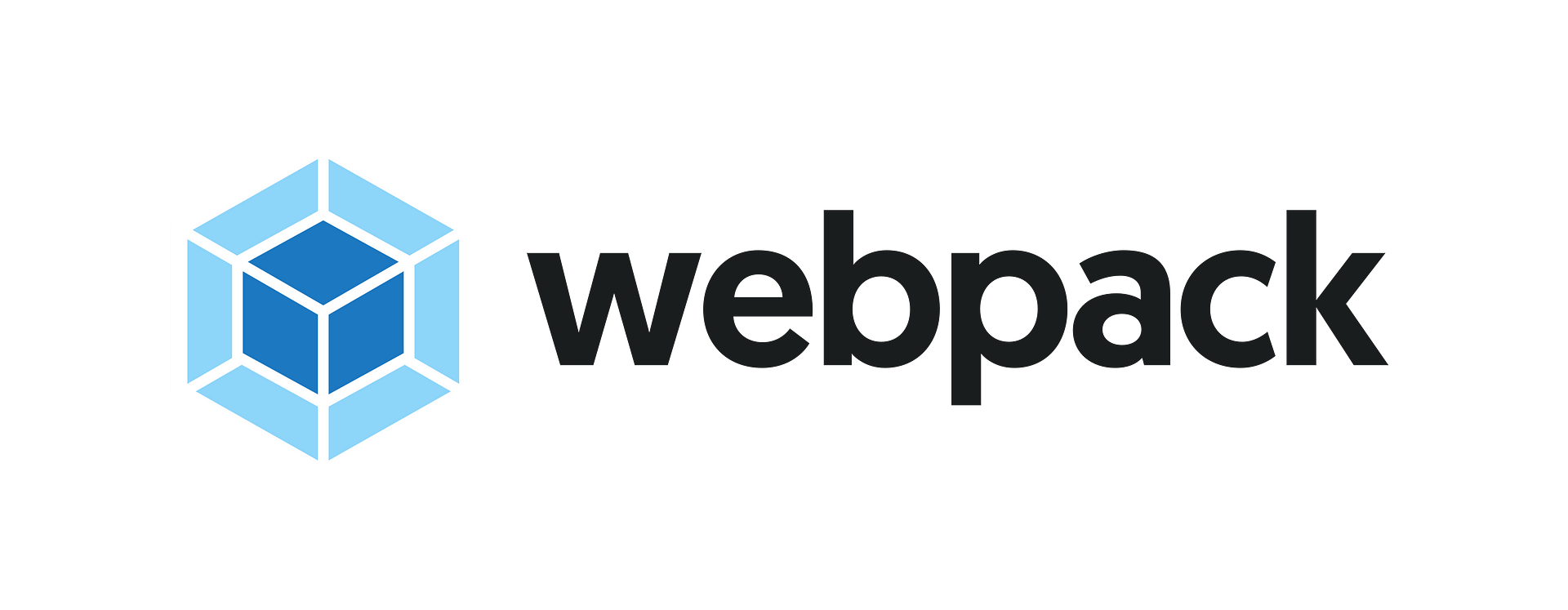https://github.com/lomboboo/webpack-typescript-boilerplate
Simple Webpack 2/Typescript 2 starter kit
https://github.com/lomboboo/webpack-typescript-boilerplate
bootstrap-4 bootstrap3 bootstrap4 javascript karma less sass scss seed starter-kit template-project typescript webpack webpack2
Last synced: 3 months ago
JSON representation
Simple Webpack 2/Typescript 2 starter kit
- Host: GitHub
- URL: https://github.com/lomboboo/webpack-typescript-boilerplate
- Owner: lomboboo
- License: mit
- Created: 2017-01-18T19:28:09.000Z (over 8 years ago)
- Default Branch: master
- Last Pushed: 2018-06-14T16:59:57.000Z (over 7 years ago)
- Last Synced: 2025-01-31T22:23:33.319Z (8 months ago)
- Topics: bootstrap-4, bootstrap3, bootstrap4, javascript, karma, less, sass, scss, seed, starter-kit, template-project, typescript, webpack, webpack2
- Language: JavaScript
- Homepage:
- Size: 1.05 MB
- Stars: 43
- Watchers: 5
- Forks: 4
- Open Issues: 0
-
Metadata Files:
- Readme: README.md
- License: LICENSE
Awesome Lists containing this project
README
> The simpliest way to use this Starter is to use__ [npm package pingue-cli](https://www.npmjs.com/package/pingue-cli). Github page of [pingue-cli](https://github.com/lomboboo/pingue-cli)
# Webpack 2 Typescript Starter
Javascript custom starter kit that includes:
> [Webpack 2](https://webpack.js.org/), [TypeScript 2](http://www.typescriptlang.org/), [Istanbul](https://github.com/gotwarlost/istanbul), [Mocha](https://mochajs.org/), [Karma](https://karma-runner.github.io/), [@types](https://www.npmjs.com/~types), [TsLint](http://palantir.github.io/tslint/), [Handlebars](http://handlebarsjs.com/).
# Table of contents:
* [Start](#start)
* [Get project](#get-project)
* [Installing](#installing)
* [Usage](#usage)
* [File structure](#file-structure)
* [Configuration](#configuration)
* [Bootstrap 4](#bootstrap-4)
* [New pages](#new-pages)
* [@types and NODE_ENV variables](#types-and-node_env-variables)
## Start
To start using this seed you need to clone or download it first.
## Get project
```bash
# clone to your own project directory
git clone git@github.com:lomboboo/webpack2-typescript-seed.git project-name
# remove .git directory and initialize git on your own
cd project-name
rm -rf ./.git
git init
```
## Installing
```bash
# then inside project directory install dependencies with npm
npm install
```
## Usage
```bash
# to start develop run :
npm start
# you can access app from http://localhost:8000
# to make build from the project run:
npm run build
# to run tests use:
npm run test
```
## File structure
Schema of the project file structure:
```
webpack2-typescript-seed/
├──config/ * configuration
│ ├──helper.js * helper functions: ex., root() for getting root of the project
│ ├──karma.conf.js * karma config for unit tests
│ ├──webpack.dev.js * webpack development config
│ ├──webpack.prod.js * webpack production config
│ └──webpack.test.js * webpack testing config
│
├──src/ * our source files that will be compiled to javascript
│ ├──app/ * application directory, for applicaton files and test files
│ │
│ ├──partials/ * partial files: ex., header.hbs, footer.hbs
│ │
│ └──public/ * static assets
│ │ ├──css/ * css for 3-rd party libraries: ex., animate.css
│ │ ├──font/ * fonts go here
│ │ ├──img/ * project static images
│ │ └──meta/ * meta data: ex., favicons
│ │
│ └──stylesheets/ * less files for styling
│
│
├──.editorconfig * basic rules for different IDE http://editorconfig.org/
├──.gitignore * files and directories to be ignored by GIT
├──LICENCE * Licence information
├──mocha.setup.js * //TODO
├──postcss.config.js * //TODO: delete
├──REAMME.md * read to start using repo
├──tsconfig.json * typescript config used outside webpack
├──tslint.json * typescript lint config
└──webpack.common.config.js * webpack common configuration file, used by different environments
```
## Configuration
Configuration files live in config/ . Current version can configure webpack and karma settings for different environments.
Webpack in configured to include 3-rd party libraries into separate **vendor.js** file. To do that just add 3-rd party libraries to
```javascript
entry: {
...
vendor: [ ..., "your-library" ]
},
```
in ``webpack.common.config.js`` file.
### Bootstrap 4
Project uses Bootstrap 4 and [bootstrap-loader](https://github.com/shakacode/bootstrap-loader), which is flexible to configure by editing ``.bootstraprc`` file in the root directory. For simplicity **most of the Bootstrap 4 featues were disabled** in the ``.bootstraprc`` file. Fell free to configure it as you wish.
### New pages
To add new page just add another in the ``webpack.common.config.js`` file under the ``plugins`` like so:
```javascript
plugins: [
...
new HtmlWebpackPlugin( {
filename: 'new-page.html',
chunks: [ "common", "vendor", "bootstrap", "manifest", "about" ],
template: help.root( "src/new-page.hbs" )
} ),
...
]
```
You can also redefine basic variables in the ``config/bootstrap-pre-customizations.scss`` file. For fulll reference read the [docs](https://github.com/shakacode/bootstrap-loader).
## @types and NODE_ENV variables
When including 3-rd party modules or libraries you should also install their type definitions with [@types](https://www.npmjs.com/~types) like so:
```bash
npm install @types/lodash
npm install @types/jquery
npm install @types/moment
```
Another helpful thing is that you can access global Node variable when developing, building for production or testing app.
During **development** (npm start) you can access
```javascript
const ENV = process.env.NODE_ENV
```
```ENV``` will be equal to ```'dev'```.
When you build application for **production** ```process.env.NODE_ENV``` will be equal to ```'prod'```.
For **tests** ```process.env.NODE_ENV``` will have value of ```'test'```.
## TODO:
* tslint - add advanced rules, look [reference](https://github.com/airbnb/javascript)
* tests - configuration for E2E tests
